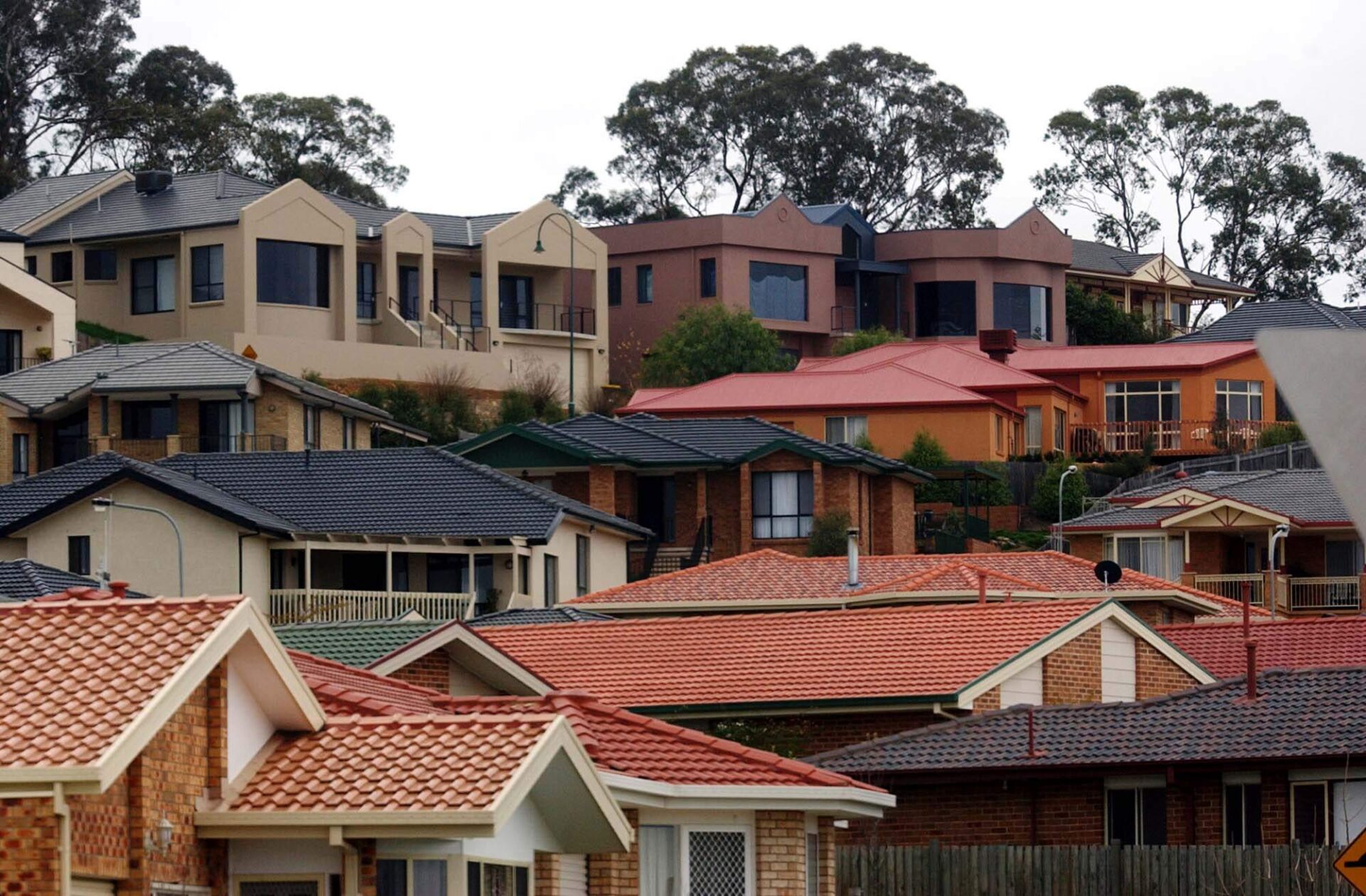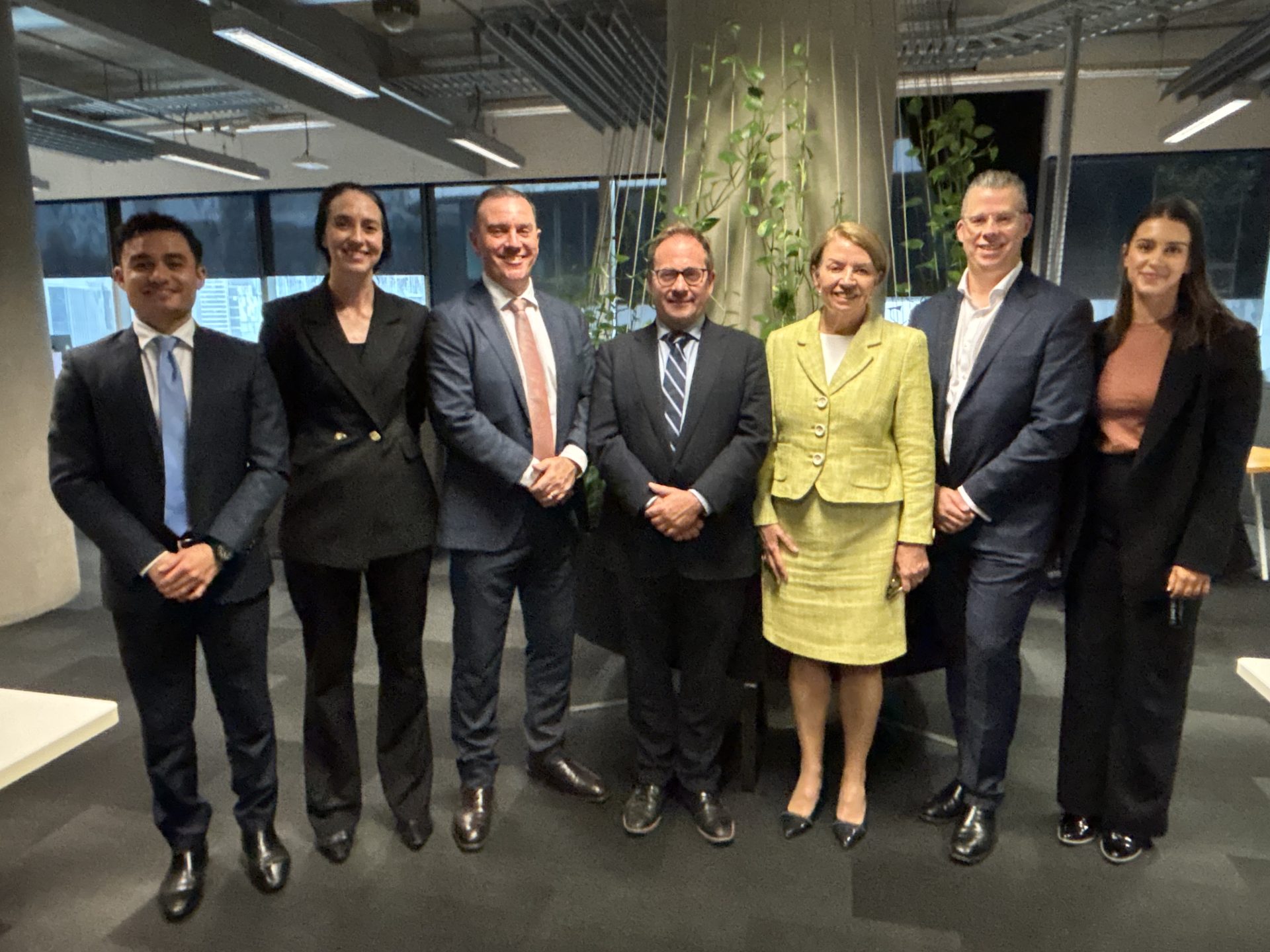OPINION EDITORIAL
NAB Group Executive – Corporate and Institutional Banking David Gall
Prioritising health care and wellbeing as we navigate COVID-19 is top of the list.
And looking ahead, alongside the ongoing pursuit of lifting health standards for all citizens, lies a much bigger piece of the wellbeing puzzle.
It’s too soon to say with confidence what impact coronavirus will have on climate action.
Some of the positive impacts of COVID-19 – adaptability, resilience and coordinated planning between communities and governments – are a springboard to supporting the longer-term needs of human welfare.
As we contemplate the months and years ahead to economic recovery, post-bushfires and a global pandemic, now is the time to build back a better Australia.
We cannot afford to waste this double crisis.
Earlier this year, NAB surveyed a broad cross-section of small to medium business owners to better understand their views on climate following a summer where bushfires ravaged the nation.
The results were telling.
The vast majority of Australian business owners we surveyed have climate change firmly on their minds.
In fact, 90 per cent of surveyed Australian SMEs expressed concern about climate change risk and the environment. Over 70 per cent revealed their view on climate change had changed since the recent bushfires.
We also discovered 55 per cent of SMEs intended to switch to renewable energy sources. Roughly the same percentage intended to also switch to greener equipment and infrastructure.
The results signified a palpable shift in how Australians felt about climate and it wasn’t just in our regional communities, who bore the brunt of the assault.
Cities were also choking under heavy clouds of smoke.
195* countries around the world have made commitments to reduce emissions under the Paris Agreement, which aims to limit global warming to 2˚C above pre-industrial levels, striving for 1.5˚C.
The reality is the world is transitioning to a low carbon future, and it’s something we are focused on at NAB.
We are adapting how we manage our portfolio while supporting security of energy supply in Australia and New Zealand.
We continue to work closely with customers, related suppliers and their employees and communities through the transition.
Our customers are showing great leadership and we’re working side by side with them over this journey.
In 2003, NAB closed its first renewable deal and has supported over 130 domestic and global transactions involving wind farms and solar parks.
As part of our accelerated $70 billion commitment to environmental finance by 2025, over $17 billion has already been arranged to support green infrastructure finance, capital markets and asset finance.
A further $16 billion is supporting mortgage lending flow for energy efficient residential housing in Australia, positively impacting over 41,000 households across the country.
And we have more to do.
Investment in emerging industries and transition pathways while stimulating the economy to recover out of COVID-19 is taking that long-term view.
Emerging industries continue to gain momentum globally and in Australia, encouraged by policy and cost reductions.
Renewable energy is a mature technology, well-positioned for widespread deployment.
We are fortunate we have excellent wind and solar resources in Australia which we can harvest to produce low cost electricity of the future.
This low cost renewable electricity can power business and make it more competitive. It also presents export opportunities.
This is great for Australian business.
The Australian Energy Market Operator (AEMO) projects market and technology change will lead to at least 50 per cent renewable energy by 2030 under a business-as-usual scenario without additional policy measures and up to 90 per cent by 2040.
The AEMO has also determined that the electricity grid could securely integrate 75 per cent renewable energy as soon as 2025.
Renewables offer pathway to transition Australia’s economy.
But a long-term view needs more than one viable option.
For instance, interest in hydrogen projects is re-emerging due to the extensive work from CSIRO and Commonwealth and State Governments. This is a pathway currently being explored, and has been for considerable time in the past.
Assuming hydrogen is generated from renewable energy sources, it presents a promising emissions reduction pathway for sectors that are hard to decarbonise such as transport.
Globally, it can meet 24% of the world’s energy needs by 2050 though early-stage investment is needed to produce hydrogen at scale.
Climate action adaptation and resilience is another emerging and growing area. The probability and severity of natural disasters (bushfires, floods, cyclones and drought) increases as our climate changes.
Earlier this year, NAB welcomed the Federal Government’s establishment of a National Bushfire Recovery Agency and the $2 billion Recovery Fund.
When we surveyed business owners, two-thirds of SMEs were directly or indirectly impacted by the bushfires, with business disruption, higher insurance and other costs and lower customer confidence cited as key factors keeping them awake at night.
The cost of natural disasters in Australia is expected to reach over $39.3b per year by 2050 which is beyond insurable limits.
While it is acknowledged that targeted investment in resilience will significantly reduce the costs of disaster relief and recovery, there remains a shortfall of capital available to address disaster resilience. We foresee a possible option to support better green infrastructure.
The development of a “forest” bond as an example, similar in part to any other bond except the commitments will entail improved forest management (water authorities, energy companies, insurers, forestry activities etc).
Forest projects reduce fire risk and improve environmental outcomes. They also create local forest management jobs and flow on economic impacts from improved community resilience.
As we continue to respond with agility and action to the current health crisis, now is the time to direct large investments and collective thinking towards disaster preparedness via climate action.
Public and private sectors will each play an important role in investing into our economy to drive recovery.
Lockdowns and distancing won’t save the world from warming.
But through the double crises of 2020 – bushfires and COVID-19- we all have the chance to play our role and build back a better future.
*As at 08/06/2020 United Nations Treaty collection, Chapter XXVII Environment, 7d, Paris Agreement
NAB Group Executive – Corporate and Institutional Banking David Gall will be a panellist at the 2020 APAC Shared Value Summit today on the theme “Climate Change: an economic reset”





